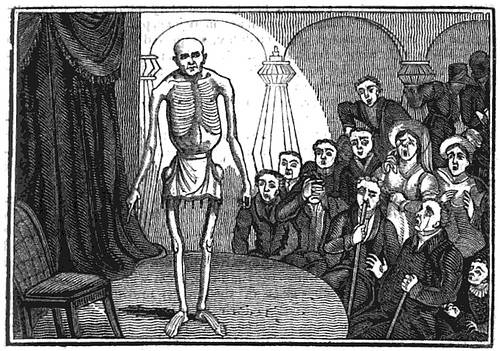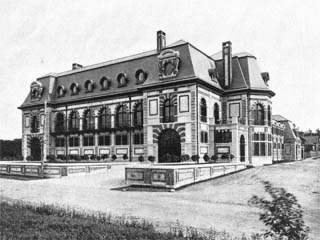An old volume of the Quarterly Review mentions a crime discovered in a most extraordinary way in Australia in the year 1830, of which a public record is preserved, and which figures with full details in the journals of that period. The confidential steward of a wealthy settler near Sydney stated that his master had suddenly been called to England on important business, and that during his absence the whole of his immense property would be in his exclusive care. Some weeks after an acquaintance of the absentee settler riding through his grounds was astonished to perceive him sitting upon a stile. He strode forward to speak, when the figure turned from him with a look of intense sorrow and walked to the edge of a pond, where it mysteriously disappeared. On the morrow he brought a number of men to the water to drag it, and the body of the man supposed to be on his way to England was brought up. The steward was arrested, brought to trial, and, frightened at the story of his master’s ghost, confessed the crime, stating that he did the murder at the very stile on which his master’s ghost had appeared. He was duly executed.
— The World of Wonders, 1883




